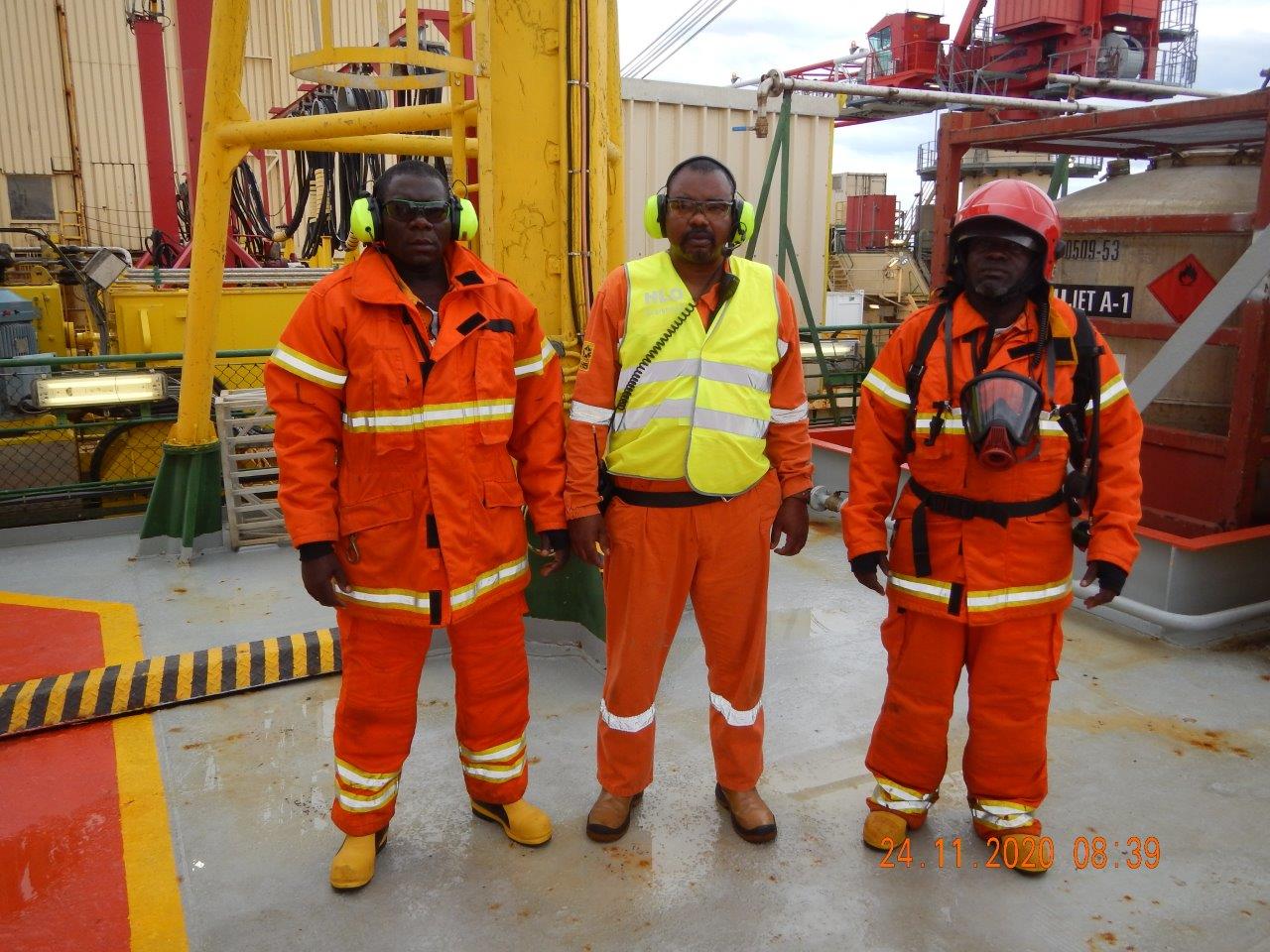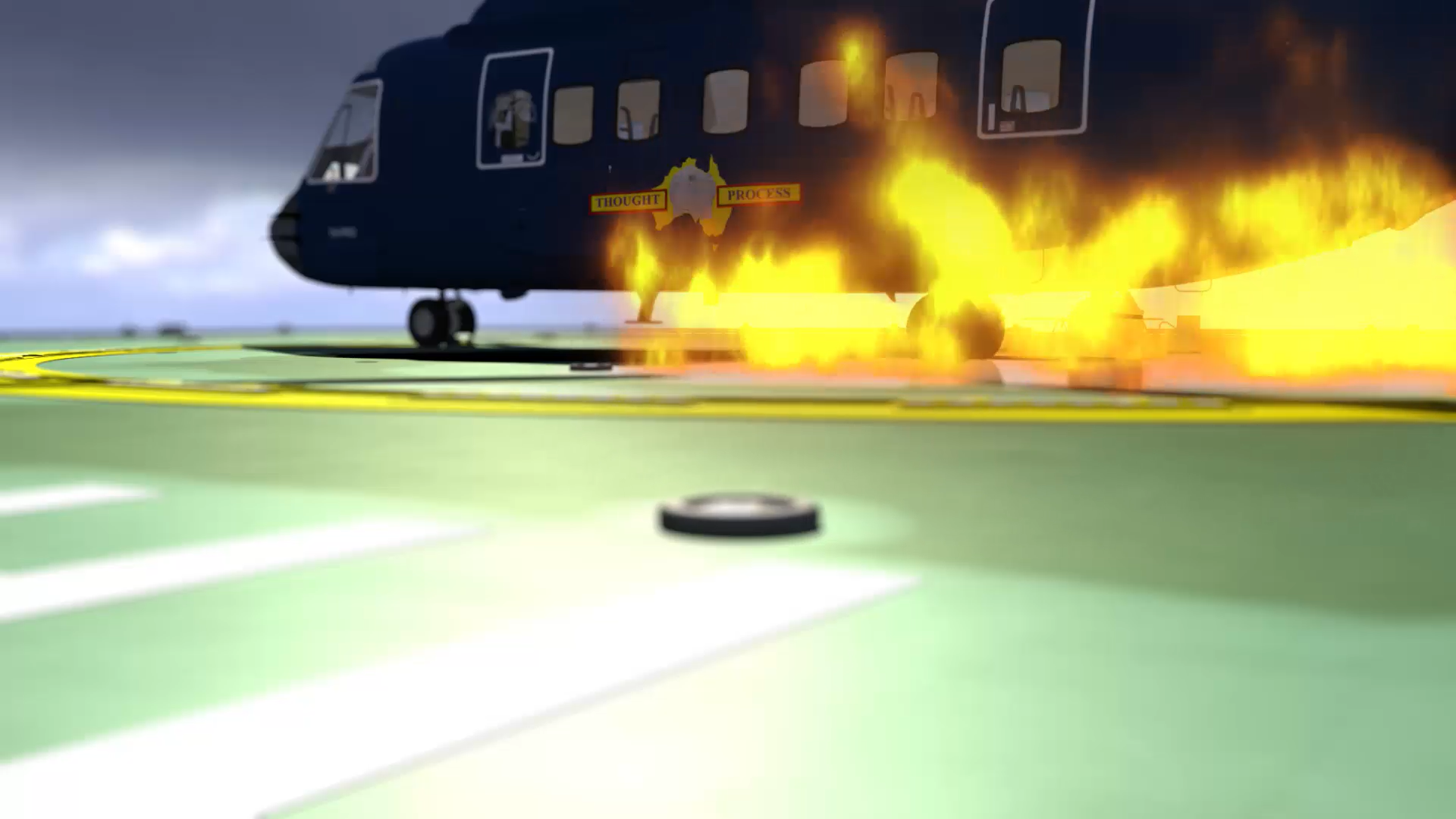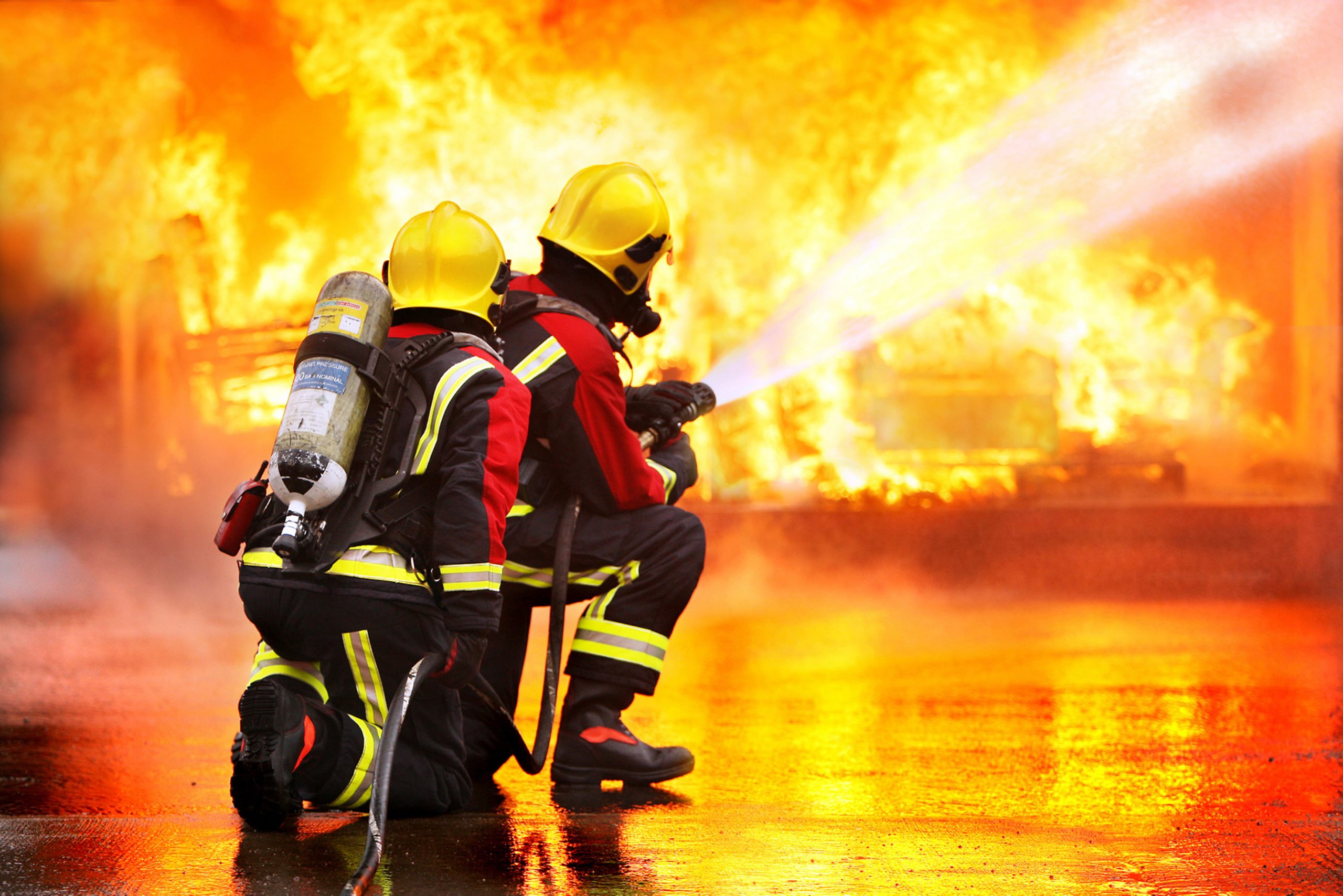Helideck Emergency Response Training – Team Members (HDAs)





Course Outline
This Helideck Emergency Response Team Member (HERTM) Training Program has been developed by an Industry Work Group comprising representatives from key oil and gas industry stakeholders including regulatory bodies, trade associations, Operator/Duty Holder organisations, drilling organisations, contractor organisations, Aviation Operator, specialist assessment providers and approved Training Providers.
Training and competence assessment of approved Helideck Emergency Response Team Members (HERTMs) will comprise both onshore practical training and additional offshore workplace training and assessment.
The complete Program has been developed and mapped out against OPITO standards and meet all competency and training requirements. It serves as an “equivalent industry standard” and serves as an alternative means of compliance to effectively manage any offshore emergency.
Price: US$425 / HDA (Group discounts are available)
Target Group – Helideck Team Members (Helideck Assistants and Fire Guards)
To successfully complete this training program, delegates must be able to know and understand:
Module 1
- The key role and key responsibilities of the HERTM / HERTL;
- The main elements of helideck emergency response plan;
- Types of potential offshore helideck emergencies;
- The general firefighting safety goals and objectives, and
- The purpose of typical helideck emergency systems and controls.
Module 2
- Explain the main differences between helideck emergency response on a main fixed or floating installation and a normally unattended installation (NUI).
Module 3
To successfully complete this training program, delegates must be able to perform:
- *Emergency access and egress to and from helidecks including clear, concise and effective communications with HERTL and team members;
- *Updating HERTL on progress against the emergency response plan at appropriate times;
- *Responding appropriately to HERTL direction during emergencies including the correct selection of appropriate fire-fighting equipment for the incident;
- *Under direction from the HERTL: approaching the incident area in a controlled manner continually assessing how the changes in the emergency could impact on the safety of other ERT members, maintaining a means of escape from the incident area;
- *Effective execution of emergency response tasks;
- **Conducting helicopter incident firefighting operations, to include responding to a helicopter engine fire using a CO2 media extended applicator;
- *Correct donning and use of breathing apparatus (BA) when instructed by HERTL (all delegates to practice donning and using BA);
- *Effective Search and rescue (SAR) principles and techniques – on or close to the helideck, locating, extracting and handling missing personnel and casualties following a helicopter incident on the helideck;
- **Appropriate response to non-firefighting operations during helicopter incident;
- **Effective use of firefighting fixed, portable and mobile systems, including fixed fire monitors, dry chemical and Co2 fire extinguishment and control media;
- *Responding to an NUI helideck fire (with limited firefighting equipment);
- *Working with back-up emergency response teams – where required to do so;
- **Correct casualty handling techniques, and
- *Hose-running techniques and associated hazards.
Learning Outcomes in Module 3 will be assessed during practical exercises and are highlighted as follows:
* Offshore
** Onshore
IMPORTANT TO KNOW: This course is an awareness training program only and only covers the theoretical component. For the participant to be competent and to receive an unrestricted certificate, practical training has to be done by GNC on the actual platform or through an approved and registered training organization.
Contact us today
Course Outline
This Heliport Design and Inspection training program has been developed in accordance of the International Civil Aviation Organization (ICAO) Annex 14, Aerodromes, Part II, Heliports.
Syllabus:
Chapter 1. General Chapter 2. Heliport data Chapter 3. Physical characteristics Chapter 4. Obstacle environment Chapter 5. Visual aids
Means of Delivery: This Program consists of 3 Levels: A) Online with assessments, B) Instructor-Lead Session by Subject Matter Expert and C) Remote / Virtual practical assessment.
Enquiries: Please contact us today for more details (Complete the form below or email info@gnconline.net).
Price 1: US$1,500 / Participant (Online Only)
Price: US$3,000 / Participant (Onsite with Instructor)
